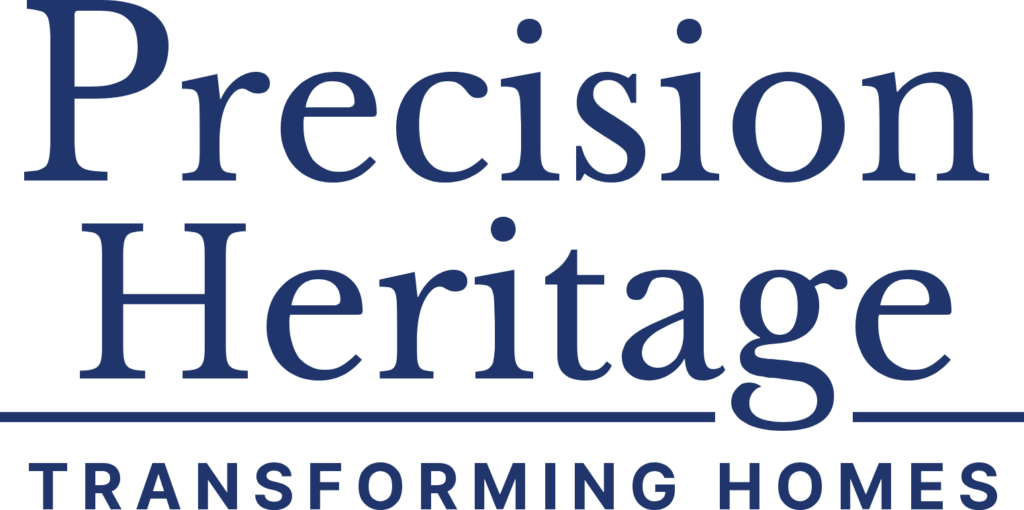Your bathroom isn’t just where you brush your teeth and get ready for the day—it’s one of the hardest-working spaces in your home. It should feel comfortable, clean, and functional. For many homeowners, it’s also one of the first places they choose to renovate.
Understanding the real cost of a bathroom remodel is the key to avoiding headaches later. This guide walks you through everything—average costs, line-item pricing, real examples, and how to stretch your budget without compromising quality.
Surface updates like vanity, paint, and lighting
Mid-range upgrades including tile, tub/shower, vanity
Full transformation, layout changes, custom finishes
Spa-level features, structural rework, premium finishes
Bathroom renovations aren’t just about aesthetics. Several key variables affect price—and knowing them upfront can save you from surprises.
1. Size of the Bathroom
Powder rooms (20–40 sq. ft.) are the most budget-friendly.
Standard guest bathrooms (40–75 sq. ft.) cost more due to tile, plumbing fixtures, and shower upgrades.
Primary bathrooms (100+ sq. ft.) come with higher costs because of dual vanities, separate tubs/showers, and more complex layouts.
2. Scope of Work
Surface updates (new paint, faucet, or hardware): lower cost
Tear-and-replace (fixtures and finishes remain in same location): mid-range
Layout changes (moving plumbing, walls, or adding square footage): high-end
3. Material Choices
Finish level changes everything:
Ceramic vs. marble tile
Stock vanity vs. custom cabinetry
Laminate vs. quartz countertops
Even a few upgraded materials can add thousands to the total.
4. Labor
Expect labor to make up 40%–60% of your total cost. This includes:
Plumbing and electrical work
Tile installation
Carpentry
Permitting and inspections
Hiring professionals ensures code compliance and long-term durability—especially for anything behind the walls.
| Feature | Cost Range | Notes |
|---|---|---|
| Vanity | $300 – $3,800 | Custom vanities run highest; stock models are affordable |
| Cabinets | $200 – $3,000+ | Pricing depends on size, material, and design |
| Countertops | $200 – $3,000 | Quartz and granite are more durable and stylish |
| Tile (floor & wall) | $1.50 – $15/sq. ft. | Natural stone costs more to cut and install |
| Tub | $200 – $5,000 | Freestanding tubs often require extra plumbing |
| Shower (built-in) | $450 – $5,000+ | Custom walk-in showers increase labor and materials cost |
| Frameless Shower Door | $1,000 – $5,000+ | Price varies by size and thickness of the glass |
| Toilet | $100 – $1,500 | Dual-flush and bidet models increase cost |
| Fixtures (faucets, etc.) | $50 – $600+ | Designer or smart fixtures can significantly add up |
| Lighting | $100 – $400 per fixture | Includes basic to luxury-grade lighting systems |
| Mirror & Accessories | $100 – $600 | Includes towel bars, robe hooks, mirror, hardware |
1. Minor Update ($3,000–$7,000)
Paint
New mirror
Updated faucet and light fixture
Prefab vanity
Minor tile refresh
2. Mid-Range Remodel ($10,000–$20,000)
Tub-to-shower conversion
Updated tile flooring
Mid-range fixtures
New toilet, vanity, and lighting
3. High-End Remodel ($30,000–$50,000+)
Custom tilework
Frameless glass shower enclosure
Dual vanity with quartz tops
Smart mirrors or LED lighting
Heated floors and custom storage
Moving fixtures adds time and cost
Reinforcements may be needed for heavy tubs or layout changes
Often discovered after demo; can add $1,000–$5,000+
Typically range from $300–$1,000+
Hauling heavy items or fixtures upstairs can increase labor time
Layout changes drive up labor. Keeping the toilet, sink, and tub in place saves thousands.
New tile, lighting, or paint can completely change the feel of a space—even without a full gut.
Splurge on a standout feature (like a luxury showerhead) and save elsewhere (like choosing prefab cabinets over custom).
Compare prices on tile, vanities, and accessories. Outlet stores and online deals can yield surprising savings.
If you’re not paying cash, here are a few popular ways homeowners finance bathroom remodels:
Home Equity Loans / Lines of Credit
Personal Loans
Contractor Financing Plans
Credit Cards (for smaller projects)
Before signing anything, make sure you understand interest rates, repayment terms, and total cost.
Yes—start with cosmetic updates like fixtures and paint, then work toward larger improvements like tile or cabinetry later.
Experience, licensing, transparent estimates, and a portfolio of similar work. Ask for references and check online reviews.
Quartz countertops, porcelain tile, and solid brass fixtures are all highly durable and moisture-resistant.
Not always. If your existing plumbing is in good condition and you’re keeping the layout the same, you may not need to replace anything.
Relocating a toilet, sink, or shower can cost $1,500 to $5,000 per fixture, depending on access, distance, and complexity.
Yes. Keeping fixtures in their original locations avoids expensive demolition, rerouting, and inspections.
Most municipalities require a plumbing permit if you’re making changes to the system—like moving pipes, adding fixtures, or modifying the drainage layout.
Simple fixture swaps may take a day or two. More involved work—like relocating supply and waste lines—can add several days to a week, depending on access, inspections, and complexity.

At Precision Heritage, we offer a complete design-build experience that goes far beyond what a typical general contractor can provide. With our in-house custom cabinetry, skilled craftsmanship, and a dedicated design team, we manage every aspect of your project from start to finish, ensuring nothing falls through the cracks.
504 Main Street Gaithersburg, MD 20878
(240) 686-5099 [email protected]